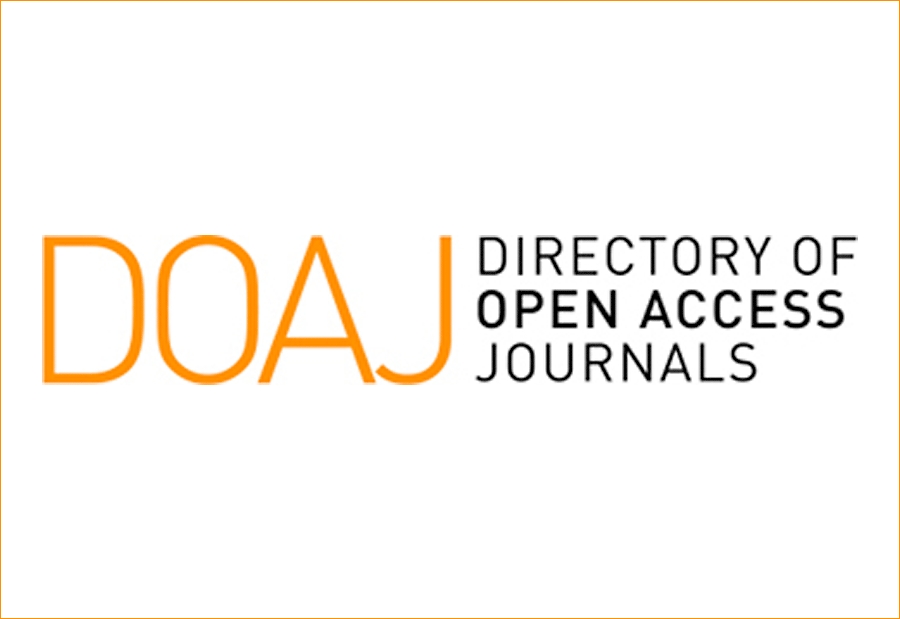INTEGRATING ARTIFICIAL INTELLIGENCE INTO THE PHOTOGRAPHIC DESIGN PROCESS
Keywords:
AI, editing image, photography, artistic effectsAbstract
This paper explores the impact of using Artificial Intelligence (AI) in the photographic design process. In the context of rapidly evolving technology, AI applications have become increasingly prominent in various fields, including the photographic industry. This study examines how advanced machine learning and image processing algorithms can improve and simplify creative processes in photography. The main issues addressed include the use of AI in automatic image selection and editing, automatic identification of relevant subjects and generation of artistic effects. These technologies bring not only efficiency but also an increase in the quality of the final results. The paper also highlights the ethical issues associated with the use of AI in photographic design and the importance of human control in these automated processes. The study draws on current research in AI and photography, examining practical applications of existing technologies and exploring future prospects. The results indicate that the intelligent integration of AI into the photographic design process can bring significant benefits, but it is essential to consider ethical issues and maintain a balance between human creativity and automation.
Downloads
References
Walker, Sue. (2017). Research in Graphic Design.
The Design Journal. 20. 1-11.10.1080/14606925.
1347416.
Chatterjee, Anjan. (2022). Art in an age of artificial
intelligence. Frontiers in Psychology. 13.10.3389/
fpsyg.2022.1024449.
Lee, H.-K. (2022). Rethinking creativity: creative
industries, AI and everyday creativity. Media, Culture
& Society, 44(3), 601-612. https://doi.org/10.1177/01
Steels, Luc. (2006). Fifty Years of AI: From Symbols
to Embodiment - and Back. 4850. 18-28. 10.1007/978-
-540-77296-5_3.
Pothen, Ashlyn S. (2022). Artificial Intelligence and
its Increasing Importance. Learning Outcomes of
Classroom Research, Publisher: L’ Ordine Nuovo
Publication, India.
Tiwari, Tanya & Tiwari, Tanuj & Tiwari, Sanjay.
(2018). How Artificial Intelligence, Machine Learning
and Deep Learning are Radically Different?.
International Journal of Advanced Research in
Computer Science and Software Engineering. 8. 1.
23956/ijarcsse.v8i2.569.
Leddy, Marie & McCreanor, Niall. (2023). The
Potential Utilisation of Artificial Intelligence (AI) in
Enterprises. European Conference on Innovation and
Entrepreneurship. 18. 526-535.
34190/ecie.18.1.1720.
CORAZZO, James, HARLAND, Robert, HONNOR,
Alison, RIGLEY Steve, (2019) The challenges for
graphic design in establishing an academic research
culture: lessons from the Research Excellence
Framework 2014. The Design Journal, The Design
Journal, 23(1), 7-29. https://doi.org/10.1080/146
2019.1682446.
Adobe - Experience speed and scale with Adobe
Sensei GenAI, https://business.adobe.com/products/
sensei/adobe-sensei.html, Accessed: 2024-03-09.
Liao,Shanxi & Ji, Xiaoyu. (2023). A Study on the
Applicatio of Generative Artificial Intelligence
Technology in Image Design. Proceedings of the 2nd
International Conference on Intelligent Design and
Innovative Technology (ICIDIT 2023), 10.2991/978-
-6463-266-8_36.
Cheng, M. The Creativity of Artificial Intelligence in
Art. Proceedings 2022, 81, 110.
https://doi.org/10.3390/proceedings2022081110
Proceedings of the 2nd International Conference on
Intelligent Design and Innovative Technology
(ICIDIT 2023)
Downloads
Published
Issue
Section
License

This work is licensed under a Creative Commons Attribution-NonCommercial 4.0 International License.







